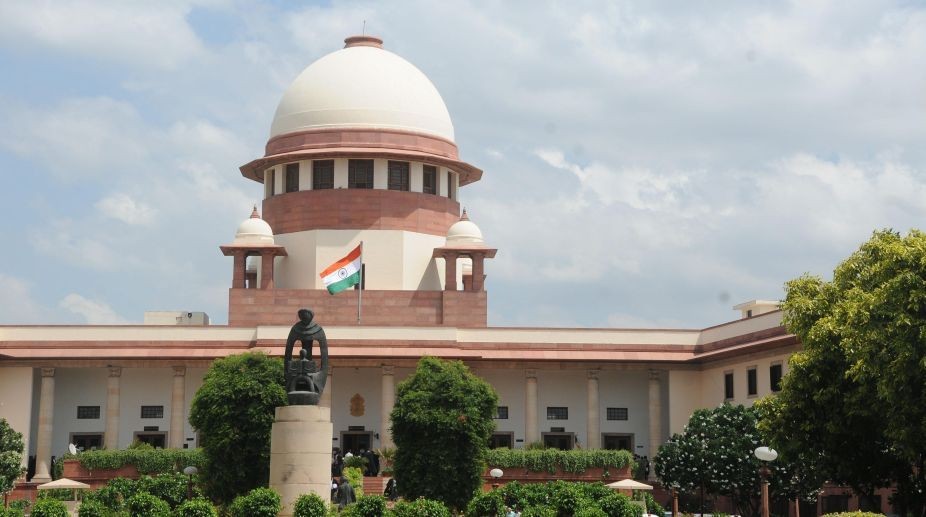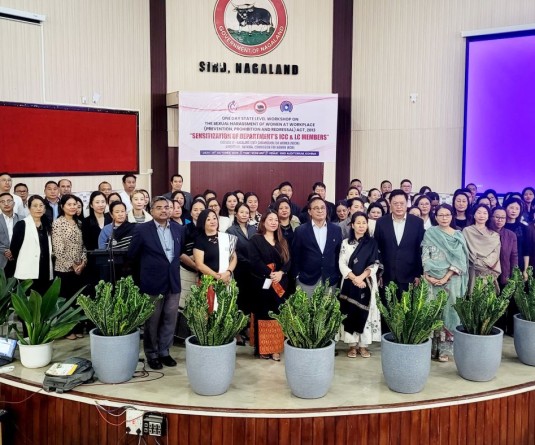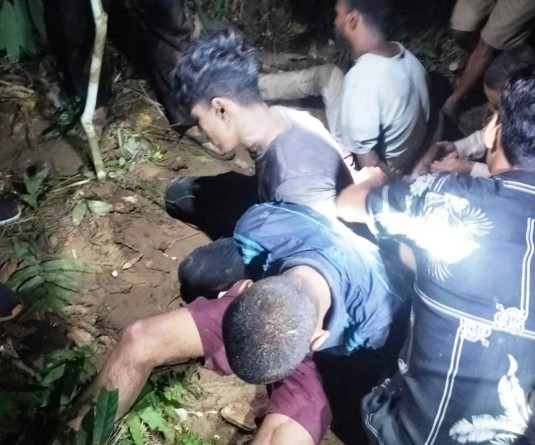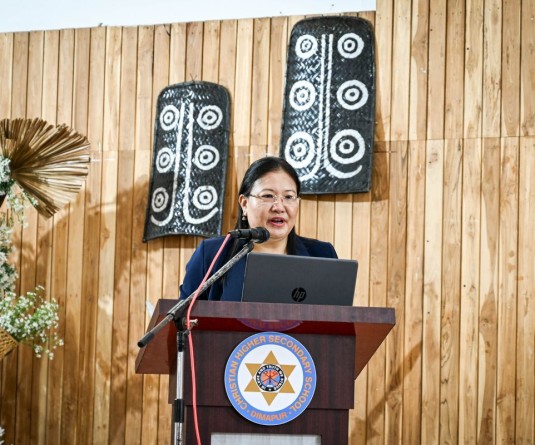
Morung Express News
Dimapur | May 27
The Supreme Court has directed the State authorities in Nagaland to “re-issue a public notice” concerning the process for the initiation of recognition of Kakiho Village by the Nagaland Government. The State has been given six months to complete the process and decide whether recognition should be granted to Kakiho Village or not.
While undertaking the process, the State authorities must “exhaustively” consider all objections that may be raised from any quarter, including that of the Old Jalukie Village Council (OJVC), stated the order issued by a bench of Justices JB Pardiwala and R Mahadevan on May 23.
Non-adherence to this timeline would be viewed strictly, the Bench cautioned, treating the matter as “part heard” and directing the Apex Court Registry to list the matter after a period of six months before the same bench, following appropriate orders from the Chief Justice of India.
Accordingly, the Bench set aside a judgment passed by the Division Bench of the Gauhati High Court, Kohima Bench, dated October 7, 2015, which had affirmed an earlier ruling by a Single Judge directing the State Government to issue a formal order for the recognition of Kakiho Village within a period of three months.
The Division Bench, however, had extended the period by another four months.
The Old Jalukie Village Council challenged the ruling in the Supreme Court via a Special Leave Petition (SLP) in March 2016.
While setting aside the High Court’s order, the Supreme Court clarified that the High Court was “not alive to the case of the appellant herein,” suggesting it was either unaware of the objection or failed to consider the OJVC as a necessary party.
Village recognition issue
In the SLP, one of the contentions of the JVC was that, despite being a “necessary and proper party to the writ petition filed before the High Court,” it was not impleaded in the proceedings and thus approached the Court to challenge the judgment.
Meanwhile, in the May 23 order, the SC Bench concluded that the procedure envisaged in two Office Memorandums (OMs) dated March 22, 1996, and October 1, 2005, was not complied with in the present case.
The OMs lay down several criteria for the recognition of villages in Nagaland.
Among others, the Bench focused on Section V of the March 1996 OM, which provides that a “new village constituted by members of more than one village in a different location but within the ancestral land of the parent village, should obtain from the Village Council Chairman of the parent village a ‘No Objection Certificate’ indicating the boundaries of the new village.”
The October 2005 OM introduced an additional criterion in the process of village recognition—requiring a public notice providing a 30-day period to the public to register any objections regarding the specific village sought to be recognised.
The Court also noted that the issue of village recognition in Nagaland is deeply intertwined with Article 371A of the Indian Constitution, which provides special protection to Naga customary laws, practices, and land ownership.
It further pointed out that the Nagaland Village and Area Councils Act, 1978—particularly Section 3—lays down the statutory basis for village recognition, requiring land ownership and establishment in accordance with customary usage.
The two OMs further codify this process, the apex court held, requiring a minimum population and infrastructure, and critically, ‘No Objection Certificates’ (NOCs) from parent villages, their Gaonburas, and neighbouring villages.
In the present case, the Court noted that the State of Nagaland has not made a single averment “regarding the merits of the claim made by the appellant over the land” on which Kakiho Village is situated.
Neither has the State Government countered the claims made by the OJVC as “absolutely baseless and devoid of merit,” it held.
Therefore, we are at a loss to understand how it can be contended, both by the State of Nagaland and by the respondents, that the conditions/criteria laid down in the two OMs, especially the latter 2005 OM, were fulfilled in the present case, it added.
On February 4, 2025, a new criterion of minimum area requirement of 1,000 acres was introduced.
Further, the Bench held that the inter-district boundary dispute had “no nexus whatsoever” with the issue of recognition of Kakiho Village.
State’s role
On January 7, 2025, while reserving its judgment on the matter, the Bench observed that the Nagaland Government, for some reasons, appeared “reluctant to intervene and try to resolve the dispute between the two villages.” This observation was reiterated in the May 23 order.
While acknowledging that the State refrained from taking a fully adversarial stance on the issue, the Bench emphasised that the “State is still duty-bound to perform its role as an administrator and ensure that proper governance of its districts and villages does not suffer due to adopting such a non-confrontational approach.”
In the face of conflict, the State must carefully balance its role as mediator with its authority as administrator, seamlessly shifting between these functions as the situation demands, it said.
However, it acknowledged that the State had made multiple attempts to bring both parties to the table in hopes of an amicable settlement, but these efforts proved unsuccessful.
Accordingly, the only option left for the State is to consider the positions of both parties on their merits, from an objective standpoint, and implement its decision without hesitation, the Bench added.






